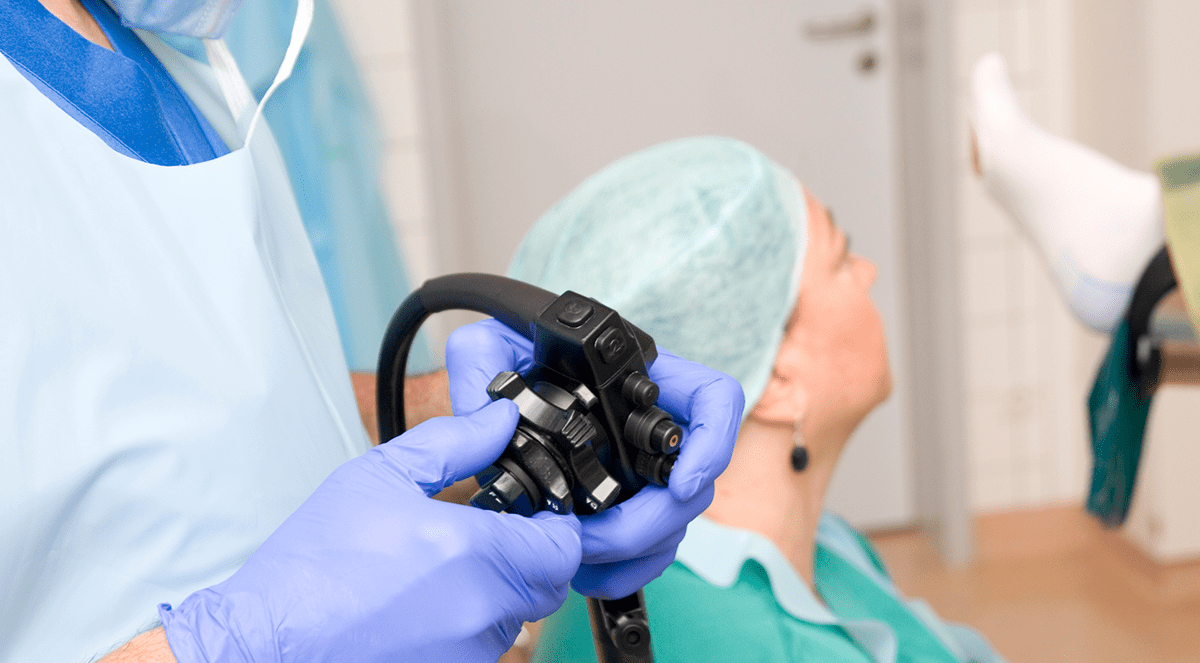The results of a study analyzing the efficacy of fecal microbiota transplantation (FMT) from a donor (heterologous) to treat recurrent Clostridium difficile infection (CDI) was published online August 23 in the Annals of Internal Medicine. To date, evidence for the efficacy of FMT in recurrent CDI has been limited to case series and open-label clinical trials.
According to data from a randomized controlled, double-blinded clinical trial, FMT from a donor to treat CDI is safe and more effective than self (autologous) transplantation. However, the results, published online August 23 in the Annals of Internal Medicine, also show that the treatment success rate in the control group varied substantially between two study locations, which suggests there are subtleties not yet understood with the approach.
To complement open-label clinical trials, Colleen R. Kelly, MD, from the Women’s Medicine Collaborative, The Miriam Hospital, Providence, Rhode Island, and coworkers enrolled 46 patients who had had at least three recurrences of CDI and who were treated with vancomycin for the most recent infection and randomly assigned them to receive donor or self stool preparations by colonoscopy.
The researchers assessed adverse events for 6 months after FMT, defining efficacy as cessation of diarrhea without the need for further antibiotics during the 8 weeks after the intervention. All stool was subject to microbiota analysis before and after FMT.
Twenty of the 22 patients in the donor FMT group (90.9%; 95% confidence interval [CI], 69.2% – 97.8%) were clinically cured compared with 15 of the 24 (62.5%; 95% CI, 41.6% – 79.6%) patients who received self FMT (P = .042). The nine patients who developed CDI after self FMT were then given donor FMT and were cured.
Microbiome analysis revealed no improvement in gut microbial diversity after self FMT, but restoration of a normal microbiota with donor FMT, including increases in Bacteroidetes and Firmicutes and decreases in Proteobacteria and Verrucomicrobia populations.
An unexpected finding was that patients treated autologously at Montefiore Medical Center in the Bronx, New York had a much higher cure rate than those treated autologously at The Miriam Hospital in Providence. Specifically, for Rhode Island, cure rate with donor FMT was 90.0% (CI, 51.8% – 98.7%) vs 42.9% (CI, 20.1% – 69.0%) with self FMT. For New York, cure rate with donor FMT was 91.7% (CI, 57.2% – 98.9%) compared with 90.0% (CI, 51.8% – 98.7%) with self FMT.
The researchers list clinical differences among the patients at the two sites that could explain the different responses to self FMT:
- NY patients were infected longer, had more recurrences, and had more courses of fidaxomicin than did Rhode Island patients.
- NY patients waited longer to be treated and took antibiotics longer before entering the study, and may have been cured at that time.
- Fecal microbiomes among NY patients had more Clostridia species, which may have occupied niches for C difficile.
Limitations of the study include lack of inclusion of baseline antibody titers and infection severity, small sample size attributed partly to unwillingness of participants to risk assignment to the autologous group, and nonuniform stool doses. In addition, the researchers mention that some patients may be infected according to polymerase chain reaction (PCR)-based identification of the pathogen, but be asymptomatic, and that some patients may have diarrhea resulting from undiagnosed irritable bowel syndrome but also be infected with C difficile, according to PCR testing.
Dr Hohmann regards the differing response rates to autologous FMT at the two study sites as instructive, underscoring the value of conducting a rigorous controlled trial even when the tested technology has proven itself in other types of investigations. “Their results prompt us to ask again whether microbial manipulation has any as-yet unappreciated health benefits or risks and whether there are preferred microbiomes for specific human populations or locales,” she concludes.
Ann Intern Med. Published online August 22, 2016.


